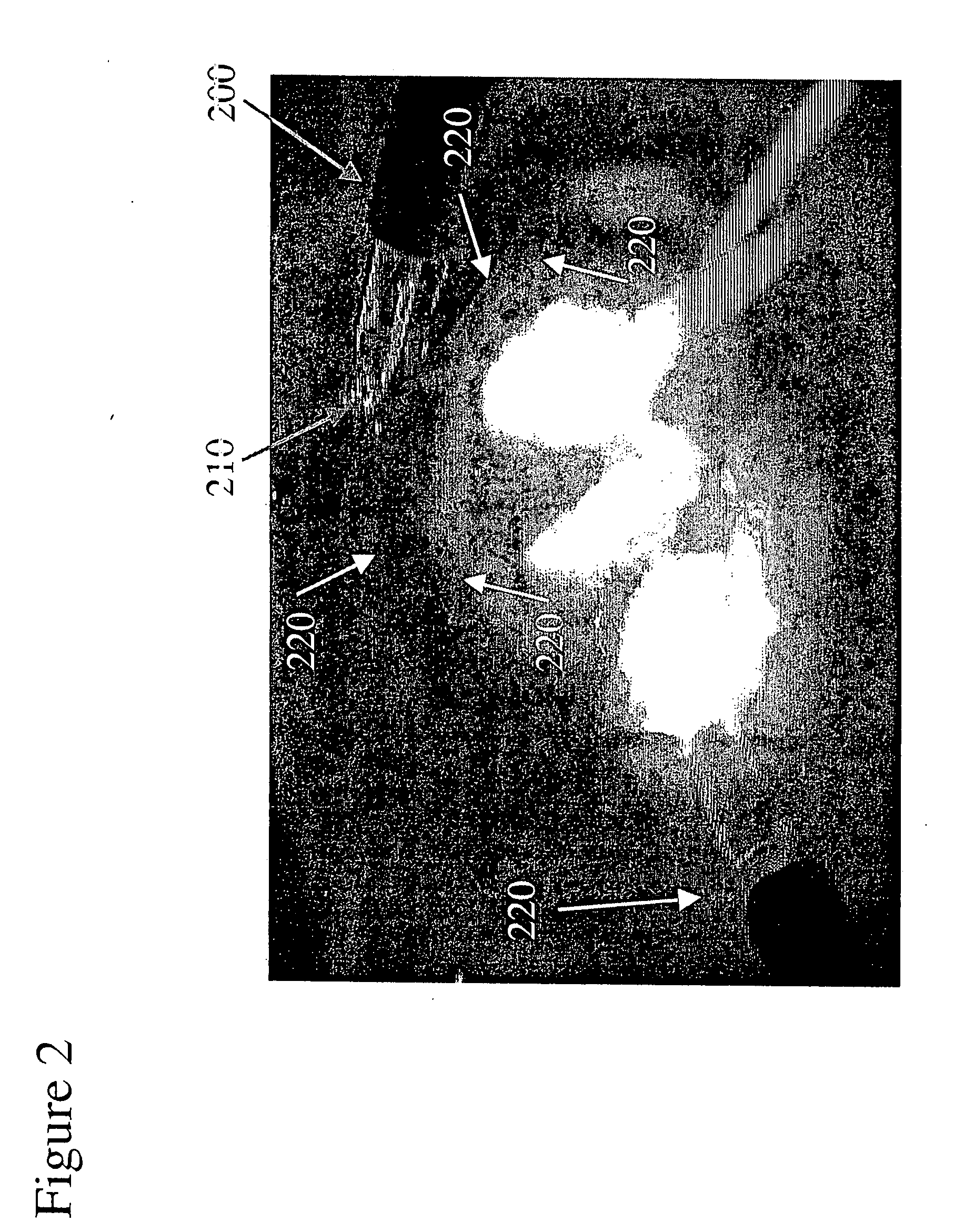Electro-adhesive tissue manipulation method
a tissue manipulation and electro-adhesive technology, applied in the field of medical devices, can solve the problems of difficult capture of thin and evasive membranes, damage to underlying tissue, and difficulty in grasping thin membranes strongly attached to underlying tissue,
- Summary
- Abstract
- Description
- Claims
- Application Information
AI Technical Summary
Benefits of technology
Problems solved by technology
Method used
Image
Examples
Embodiment Construction
[0015]Although the following detailed description contains many specifics for the purposes of illustration, anyone of ordinary skill in the art will readily appreciate that many variations and alterations to the following exemplary details are within the scope of the invention. Accordingly, the following preferred embodiment of the invention is set forth without any loss of generality to, and without imposing limitations upon, the claimed invention.
[0016]The present invention is an electro-adhesive tissue manipulator that is able to attach to a tissue on demand and release it on demand. The electro-adhesive tissue manipulator could be used to manipulate any kind of biological tissue layer during, for instance, surgical procedures, tissue implants, interventions (including drug, agent or antibiotic interventions), or the like. As it will be clear by reading the description, the electro-adhesive tissue manipulator will make it possible to manipulate tissue by accessing the tissue from...
PUM
 Login to View More
Login to View More Abstract
Description
Claims
Application Information
 Login to View More
Login to View More - R&D
- Intellectual Property
- Life Sciences
- Materials
- Tech Scout
- Unparalleled Data Quality
- Higher Quality Content
- 60% Fewer Hallucinations
Browse by: Latest US Patents, China's latest patents, Technical Efficacy Thesaurus, Application Domain, Technology Topic, Popular Technical Reports.
© 2025 PatSnap. All rights reserved.Legal|Privacy policy|Modern Slavery Act Transparency Statement|Sitemap|About US| Contact US: help@patsnap.com



